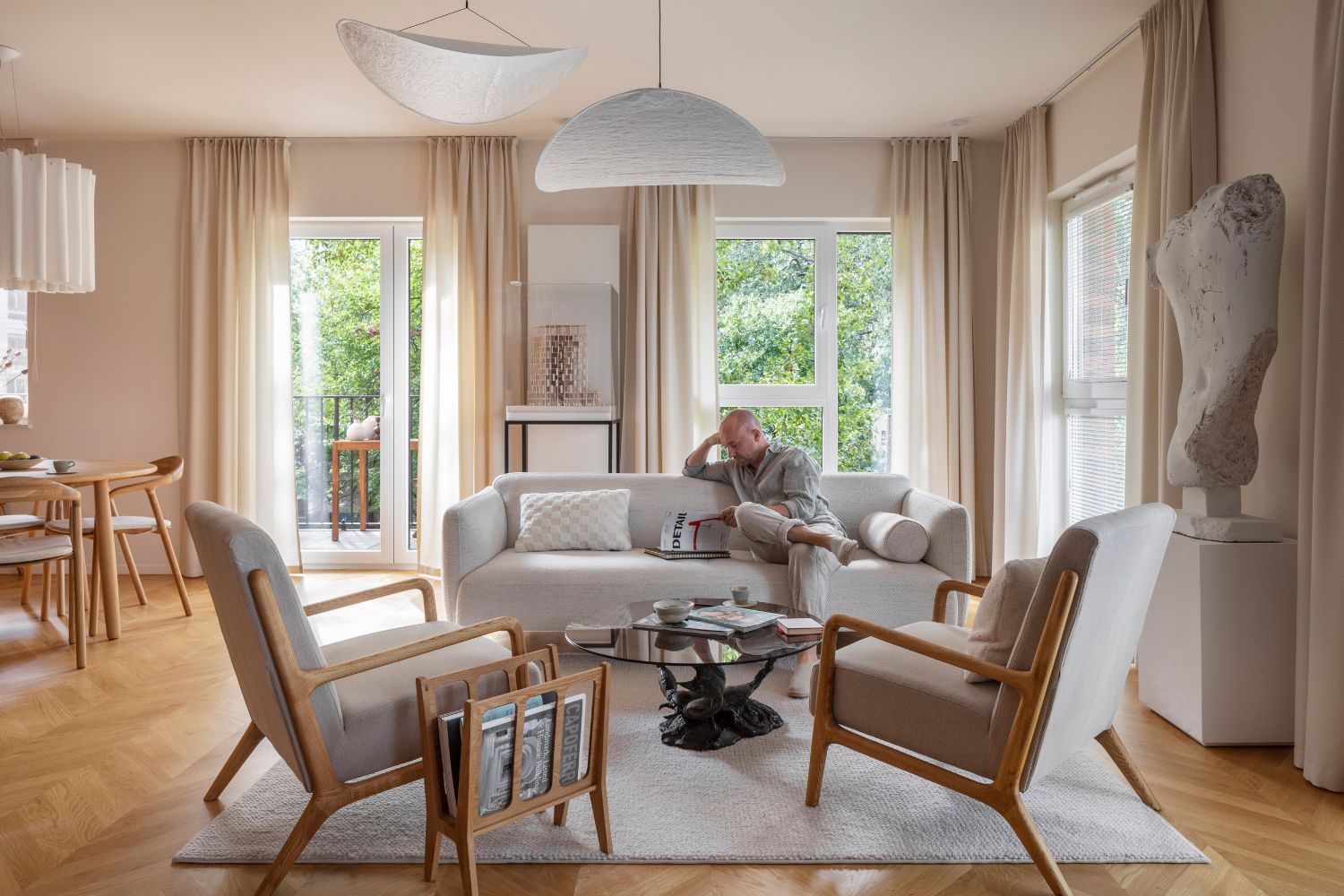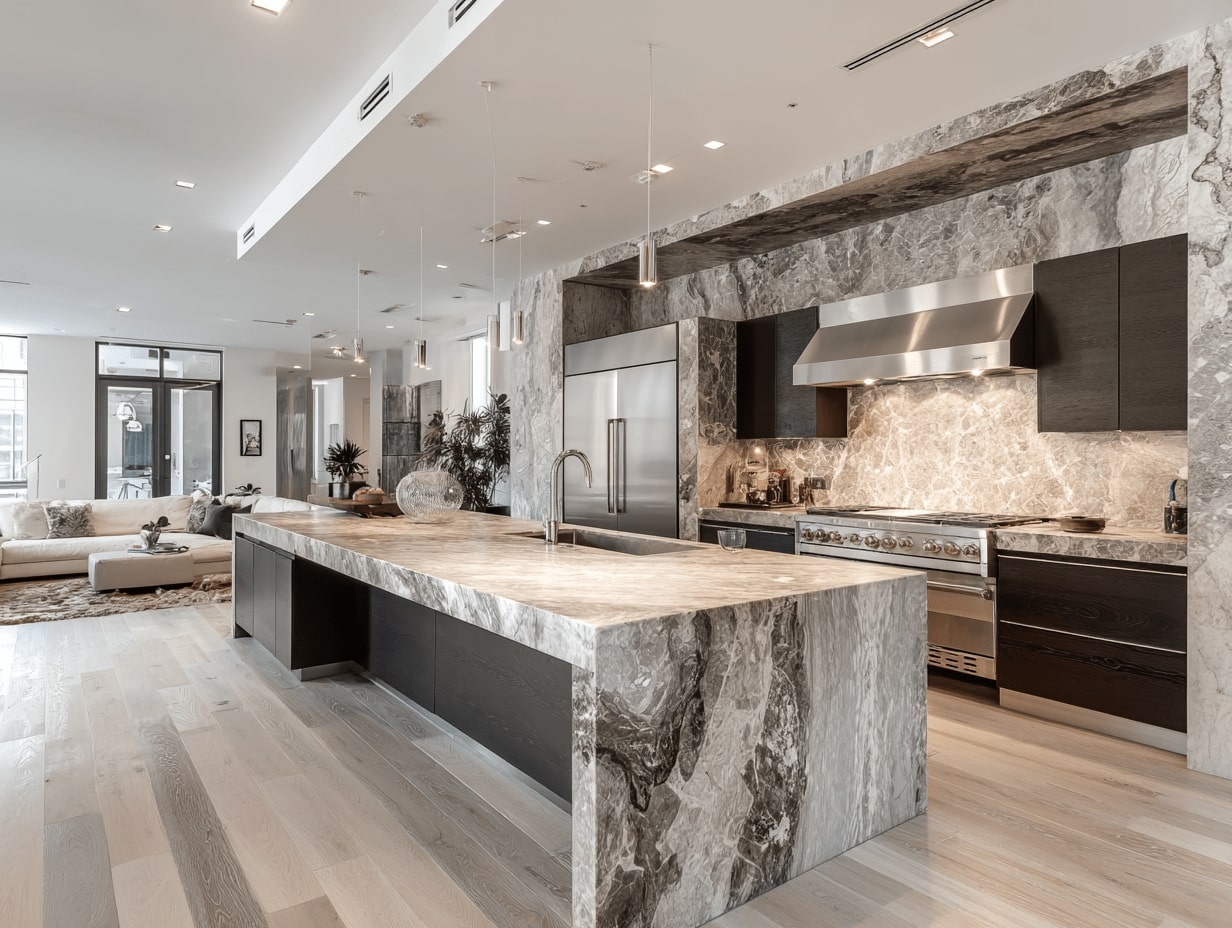- Home
- Articles
- Architectural Portfolio
- Architectral Presentation
- Inspirational Stories
- Architecture News
- Visualization
- BIM Industry
- Facade Design
- Parametric Design
- Career
- Landscape Architecture
- Construction
- Artificial Intelligence
- Sketching
- Design Softwares
- Diagrams
- Writing
- Architectural Tips
- Sustainability
- Courses
- Concept
- Technology
- History & Heritage
- Future of Architecture
- Guides & How-To
- Art & Culture
- Projects
- Interior Design
- Competitions
- Jobs
- Store
- Tools
- More
- Home
- Articles
- Architectural Portfolio
- Architectral Presentation
- Inspirational Stories
- Architecture News
- Visualization
- BIM Industry
- Facade Design
- Parametric Design
- Career
- Landscape Architecture
- Construction
- Artificial Intelligence
- Sketching
- Design Softwares
- Diagrams
- Writing
- Architectural Tips
- Sustainability
- Courses
- Concept
- Technology
- History & Heritage
- Future of Architecture
- Guides & How-To
- Art & Culture
- Projects
- Interior Design
- Competitions
- Jobs
- Store
- Tools
- More
Maximizing Efficiency: Top Tips for Minimalist Office Design

In the fast-paced, ever-evolving world of commercial spaces, minimalism is making its mark. A trend that’s been gaining traction, minimalist office design is all about simplicity, functionality, and a clutter-free environment. It’s not just about aesthetics; it’s about creating a space that fosters employee productivity, creativity, and well-being.
Achieving this design concept might seem daunting, but with the right approach, it’s more attainable than ever. From smart use of clean lines and neutral colors to the incorporation of latest technologies like smart glass, the minimalist office design is an exciting exploration of form and function.
We’ll delve into the key elements that support minimalist office designs, and share tips on how to transform your workspace into a serene, clutter-free haven. From clever storage solutions to regular maintenance, we’ve got you covered. So, let’s embark on this journey to minimalist office design.

Table of Contents
ToggleWhy Choose a Minimalist Office Design?
Embracing a minimalist approach in your office design comes with a legion of benefits, not just in terms of aesthetics, but also in enhancing productivity, creativity, and maintaining a stress-free workspace. Let’s delve into why minimalist office design may prove advantageous to your business.
Also, sleek computers can enhance efficiency by providing a modern, streamlined interface that reduces visual clutter.
Improved Employee Productivity
The primary advantage of a minimalist office design is the potential to boost productivity. A clutter-free environment eliminates distractions, enabling employees to concentrate solely on their task. By stripping down the workspace to the bare essentials, the minimalist design allows employees to focus their cognitive resources on their tasks without being interrupted by visual distractions. Examples of distractions include excessive decorations, heaps of papers, and cluttered workstations.
Enhanced Creativity
Contrary to what some may believe, a minimalist space does not limit creativity, rather, it ignites it. A serene, less cluttered workspace can encourage clear thinking, allowing ideas to flow freely and innovations to flourish. For instance, a minimalist workspace that involves fewer decorations and clean lines can lead to a relaxed mind, sparking new ideas, breakthroughs, and better problem-solving.
Stress Reduction
Minimalist office design also lends itself remarkably well to stress reduction. A perpetually clean and organized workspace has proven to calm frayed nerves and alleviate job stress. For example, opting for neutral colors like white, grey, or beige can induce a sense of calmness, reducing stress levels, and enhancing overall well-being. Thus, minimalist office design not only improves productivity and creativity, but it also contributes significantly to a healthier mental state for all stakeholders.
Consider Utilities
Office spaces typically have a number of utility appliances from heating & cooling equipment, to plumbing & water heaters. In order to ensure that these units don’t clutter up the atmosphere of the office, you may want to consider having a segment of the office dedicated to housing these units. Often times, there are ‘utility rooms’ for just this. Of course, you will want to ensure that it’s safe to store these units, and ensure adequate ventilation to this utility room.

How to Start Your Minimalist Office Design?
Embracing minimalist office design entails precision and thoughtful consideration. Here, we provide you step-by-step guidelines to kickstart your minimalist office design journey.
Declutter and Organize
Reducing clutter creates a serene environment that promotes productivity. Begin by identifying items that don’t serve a functional purpose. Afterward, organize the remaining essentials in contextually relevant clusters. For instance, keep all writing materials — pens, highlighters, and markers — in a specific place. This organization will make the environment more conducive for work and ease daily task completion. If the office only contains the necessary equipment, it becomes easier to maintain a clean and efficient workspace. Offices like setting up FP’s mailing equipment to speed up the process of handling correspondence and ensure that important documents are sent without delay. This not only reduces wasted time but also helps employees stay focused on core responsibilities. Over time, such organization contributes to smoother operations and a more professional atmosphere.
Choose a Neutral Color Palette
Neutral colors give a minimalist office its distinctive serene and sophisticated feel. Muted hues like beige, cream, or ochre help maintain focus and support the minimalist theme beautifully. Avoid bold, contrasting colors as they can cause unnecessary visual distraction. Light, soothing colors bring tranquility and visual comfort to the space, improving workday experience for all.

Simplify Furniture
Minimalism encompasses simplicity in every aspect, including furniture. Opt for pieces that emanate simplicity and functionality. Stay away from overly ornate or complex designs, and instead, choose sleek desks, chairs, or tables that are aesthetically pleasing and functional. If you are in the area, you can visit this office furniture store in Orlando to explore pieces that combine functionality with minimalist design. This ensures you can find high-quality options that match both your workspace needs and local availability.
Use of Natural Light
Natural light plays a vital role in minimalist office design. It brightens the office, cuts down on artificial light, and adds an element of warmth to the space. Maximize the entry of natural light by using glass partitions, adequate window sizes, and limiting the use of curtains or blinds. The integration of natural light fosters a brighter and more focused work environment.
Invest in Space-Saving Furniture
Managing space efficiently is a cornerstone of minimalist design. Consider investing in purposeful, space-saving furniture such as wall-mounted storage units or built-in shelves. These additions reduce clutter while keeping necessities within a comfortable reach, contributing to a less distracting, efficient workspace.
Pair Similar Items in Your Office
To elevate organization in your minimalist office, pair similar items together. Grouping items in pairs eliminates potential clutter and promotes a systematic work process. For instance, categorize staplers and hole punches under a ‘Stationery’ category, or merge first-aid materials into a ‘Safety’ group. This grouping strategy ensures a tidier office and quicker access to essential items.

Creating the Perfect Minimalist Workspace
Embarking on the minimalist workspace journey demands deliberate decision-making. Your workspace’s location, furniture, and organization play pivotal roles in boosting your productivity.
Choosing the Right Location
Deliberate selection of a workspace location lays the foundation for a minimalist office. Choose a spot that boasts of natural light as it reduces reliance on artificial lighting, creating an inviting, serene atmosphere. Areas close to windows work best, as the daylight enhances engagement levels and mood, contributing to improved productivity. Remember, a serene, distraction-free space aids focus and concentration, preventing unnecessary burnout.
Choosing the Right Desk and Chair
Fundamental to a minimalist workspace are the desk and chair—one must prioritize functionality over aesthetics. Opt for a desk that fits your workspace without cluttering, and offers room for your devices and files. Ensure the desk comes with compartments for seamless organization, eliminating unnecessary chaos.
The chair, on the other hand, affects your health and productivity; invest in an ergonomically designed one. A chair promoting correct posture reduces the risk of back pain, enhances blood circulation and, in turn, boosts productivity. Consider a chair with adjustable height and backrest features, ensuring personalized comfort.
After selecting the location and furniture, your primary focus shifts to organization — employing smart storage solutions, maintaining a neat arrangement, keeping things handy yet invisible contributes to the desired minimalist aesthetic.

Transiting to a Minimalist Office Design
As you venture into minimalist office design, it’s essential to ensure the transformation happens smoothly and your workspace effectively embodies this practice. Let’s delve into how you can achieve this shift from a cluttered to a neat, focused work environment.
Steps to Transition Your Existing Workspace
- Evaluate Your Space: Start by systematically examining every item in your workspace. Discard unnecessary clutter like old documents, unused gadgets, or décor that doesn’t functionally contribute to your workflow.
- Color It Neutral: Opt for neutral color palettes such as white, beige, or light gray. These shades foster a sense of calm and versatility, which easily integrate with various design elements.
- Select Multifunctional Furniture: Prioritize furniture that serves multiple uses to minimize clutter and maximize utility.
- Clutter-Free Routine: Adopt a routine to declutter your workspace regularly. Remember, the key to a minimalist workspace lies in its ability to remain free from unnecessary items over time.
- Smart Storage Solutions: Use strategically designed storage solutions to keep items out of sight yet within reach. This helps maintain a clean workspace without compromising its functionality.
- Minimalist Cleaning: Encourage a cleaning routine that complements the minimalist design. A clean and dust-free workspace contributes to the mental wellbeing, which directly impacts productivity.

Troubleshooting Common Minimalist Design Issues
Transitioning to a minimalist office design can present a few challenges. Here, we identify common problems and offer practical solutions.
Problem: Space Feels too Empty
A common issue with minimalist designs is the risk of the office space feeling too barren or sterile. Emptiness can reflect lack of warmth and can affect the comfort and morale of employees.
Solution: Strategic Placement of Art and Decor
Address this issue by incorporating art and decor. Strategically placed art pieces stimulate visual interest while maintaining the minimalist aesthetic. Choose pieces that have simple lines and neutral or monochromatic colors. Art can exist as wall hangings, or sculptures placed on shelves or side tables.
Additionally, use functional decor such as clocks or functional office supplies. This approach not only fills empty spaces but adds visual depth to the design. Importantly, it ensures the items placed in the office have purpose, adhering to the functionality aspect of minimalist design.

Problem: Lack of Color
Another common issue in minimalist design is the perception of lack of color. Minimalist offices typically use neutral palettes or monochromatic color schemes, which some might find bland or uninspiring.
Solution: Add Pops of Color with Accessories
Address the issue of lack of color by introducing pops of color throughout the office space. Use colorful office supplies, small rugs, or cushions for a pop of brightness. Display a vibrant art piece, or use colorful indoor plants to add an organic connection with nature.
Adding these elements of color subtly enhances the overall aesthetics without compromising the minimalist design principles. This approach ensures your office remains a visually engaging and dynamic environment, supporting a positive and high-performing workspace.
Submit your architectural projects
Follow these steps for submission your project. Submission FormLatest Posts
BXB Studio’s Hybrid Interior: Redefining the Modern Architectural Workplace
The Warsaw headquarters of BXB Studio was established in a modest 70...
5 Must-Know Interior Design Trends in American Homes
From warm minimalism to bold oversized artwork, these five interior design trends...
How Open Kitchens Create a Sense of Space Indoors (Without Sacrificing Function)
Open kitchens: see how sightlines, lighting, and smart layouts make rooms feel...
The Revival of Chunky Fiber Crafts in Modern Interior Design
Contemporary interior architecture has shifted away from hard minimalism. After a decade...












Leave a comment